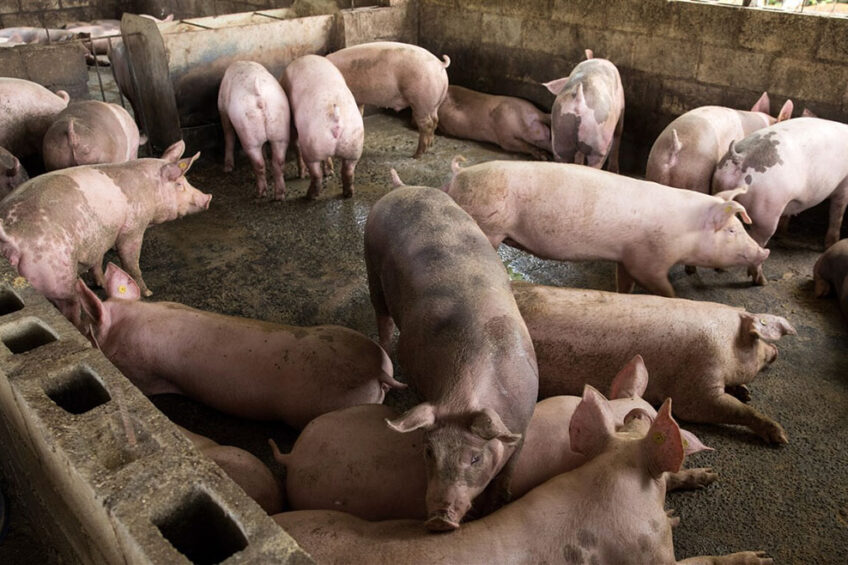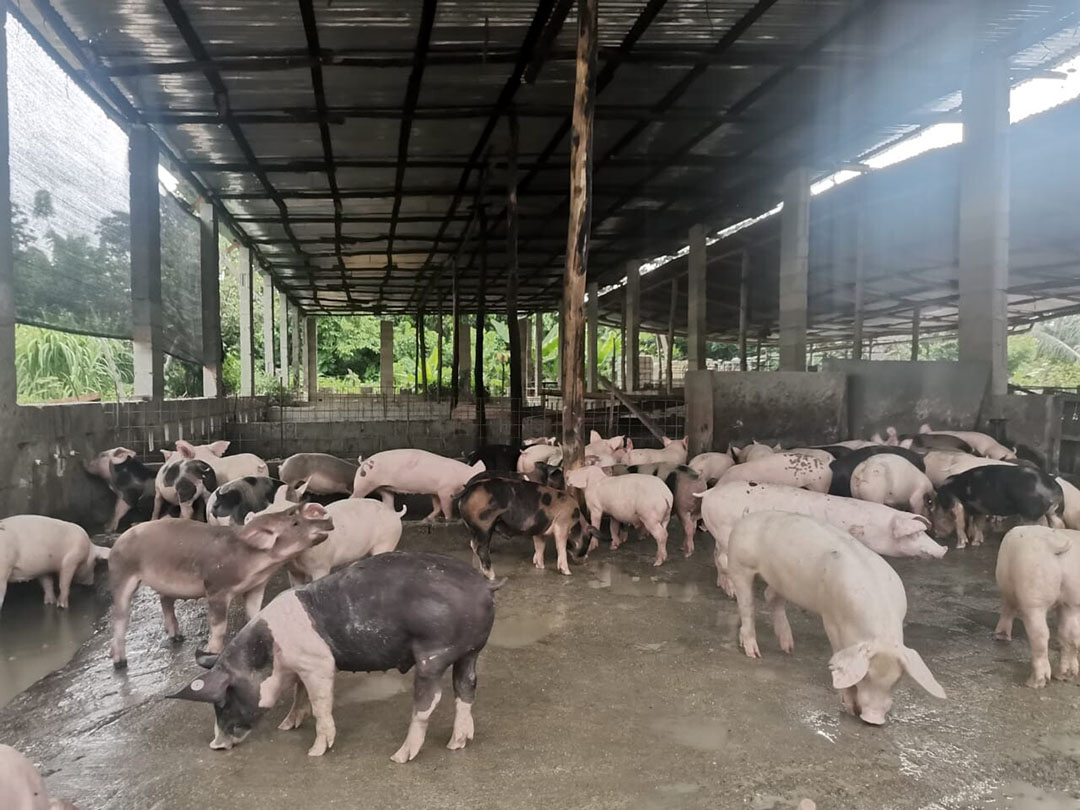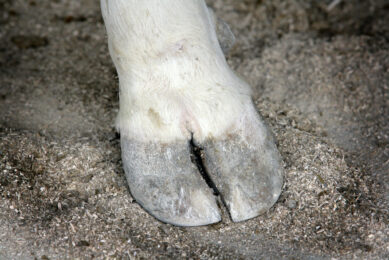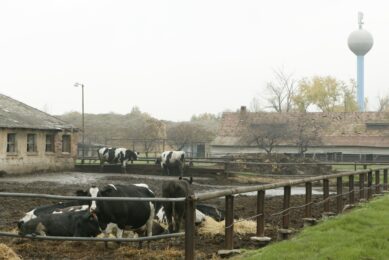ASF Dominican Republic: A ticking time bomb

An outbreak of African Swine Fever requires alertness, cooperation and transparency by all parties involved to have a chance to get it under control. Recent developments in the Dominican Republic do not give much reason for optimism, writes Pig Progress editor Vincent ter Beek. In the meantime, the pig industries of 2 continents hold their breath.
In 2019, during the last edition of VIV Asia in Bangkok, I was asked to give an overview on African Swine Fever for a room full of swine industry people. At that time, the virus had not been officially reported in Thailand. I spoke about the ASF situation around Zlín, in the Czech Republic, and how they managed to get the situation (in wild boar) under control – at that time the only country in the world in recent years. I think the Czech attitude can be summarised with the words “alertness,” “cooperation” and “transparency” – all being equally important.
- Alertness, so anything that happens is addressed thoroughly and immediately – and not tomorrow, or next month.
- Cooperation, so each party that is relevant is involved and understands what he/she needs to do, and everyone also vows to participate.
- Transparency, so each person gets a full, unabridged, uncensored, real-time, complete and open picture of what is really going on – even if the news is bad.
Only when all those 3 “attitudes” are met, the conditions are created to start developing a successful control strategy against African Swine Fever. I am not a vet, but I felt the Czech example deserved credit and ought to be studied by everyone. “Because one day, the virus might come to Thailand. Forewarned is forearmed.”
ASF situation in Dominican Republic and Haiti
The reason I talk about this again is because last week I published an update about the ASF situation in Haiti and the Dominican Republic, together forming the Caribbean island Hispaniola. From time to time, I like to keep track of the outbreaks that are being reported to the World Organisation for Animal Health (OIE). The article also mentioned the fact that as from mid-January the Dominican Republic could now do tests for themselves to detect ASF. No longer they would be dependent on the United States to have samples checked.
Call it coincidence or not – ever since that news was released, no further updates about ASF were reported to the OIE. According data available at the OIE, the last detected outbreak would have happened on December 5. The website of the Dominican ministry of agriculture has remained quiet ever since as well about ASF.
That worries me.
How ASF behaves elsewhere in the world
I have followed how the virus behaved in various countries around the world. The general pattern is the same everywhere. It i detected, spreads fairly rapidly and after a few weeks, sometimes a few months, the entire country is infected. Especially in countries where biosecurity levels are generally low or where the concept is poorly understood, the virus spreads and makes easy victims in pigs kept in backyards or walking on the streets. Farms repopulating too fast will bring in naïve pigs that will soon also be affected by ASF.
That is pretty much how things went in China, Vietnam, the Philippines, Romania and Russia, and the pattern will continue to come back from time to time, because it is difficult to get rid of the virus once it is so widespread over the country. And so are the (backyard) pigs.

Has the virus disappeared from the Dominican Republic?
So back to the Dominican Republic, where the virus was first discovered mid-2021, a relatively short time ago. Has the virus disappeared? Unlikely. Yet when several local producers in Hato Mayor province spoke to the media having lost many pigs early February, claiming it was ASF, the authorities responded by saying that that information was false.
It is not, however, just that. In the Dominican newspaper Listin Diario, on February 9, even Luis Brache, president of the Dominican swine producers organisation Adogranja said that the virus is still making victims on larger and smaller farms. Other sources confirm that. So I have every reason to believe this estimate is correct.
So here we have it: the world’s most dangerous and lethal pig virus can spread relatively unreported in the Dominican Republic, pretty much at the doorstep of major pig producing countries like the USA, Brazil, Canada, Chile and Mexico. Monitoring the virus in Haiti was a nightmare from a veterinary point of view, as the country lacks financial resources or infrastructure – but now basically the more developed part of the island that could have taken the right steps, appears to look the other way.
With that, ASF virus can have a field day on both sides of the island Hispaniola, become endemic, and be a permanent potential threat for the swine industry in the entire Americas, from Canada in the north, all the way to the southern point of Chile.
Alertness, cooperation and transparency
It cannot have been too much longer after my talk in Bangkok that ASF entered Thailand for the first time. Despite the Czech example of alertness, cooperation and transparency, the reverse happened. Response in Thailand was slow, there was no communication about it and for a long time, no (international) cooperation occurred.
So what wise words to write now?
It is to be hoped that the Dominican authorities learn from the unfortunate decisions elsewhere in the world. After all, the mainland is not too far away. It takes only 1 unfortunate shipment and the virus shows up somewhere in Mexico, Nicaragua, Costa Rica or Colombia. We have seen in Eastern Europe and Asia what will happen next.











